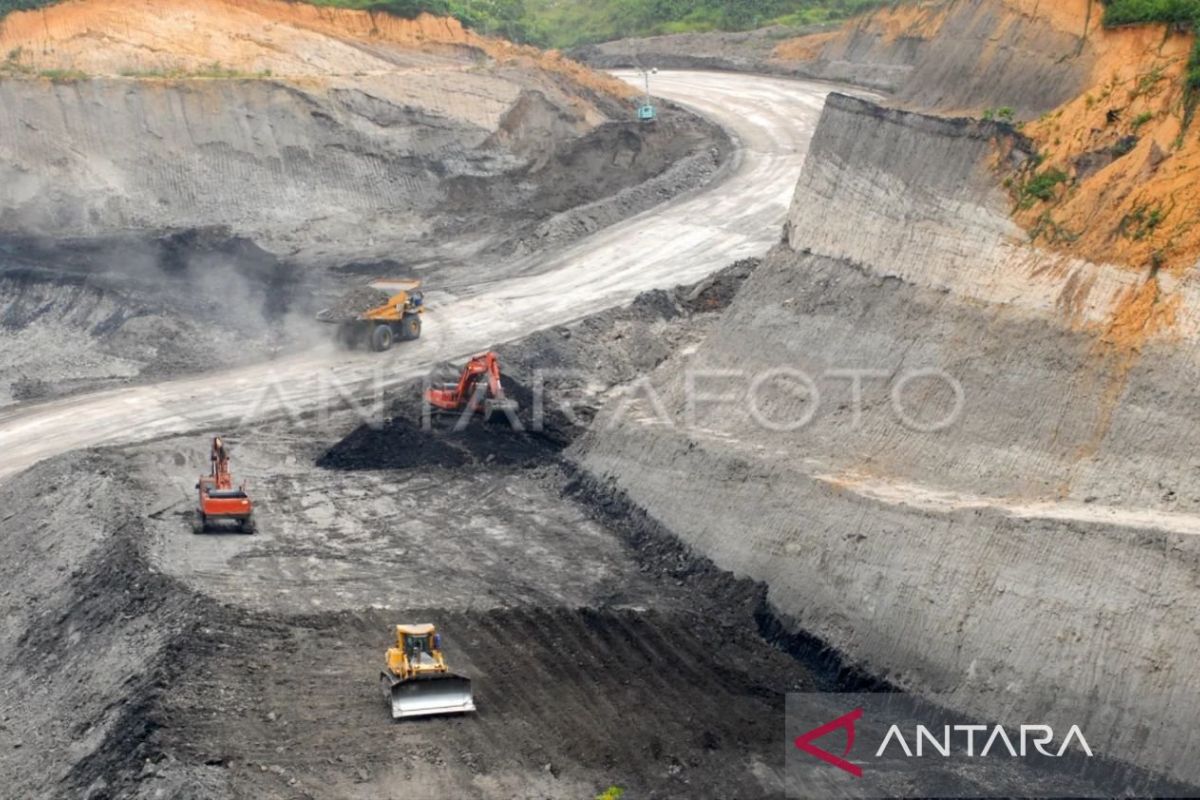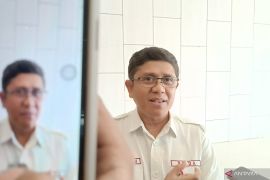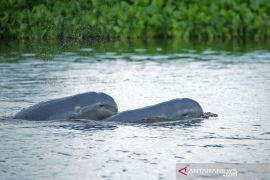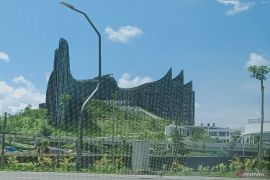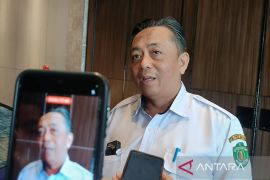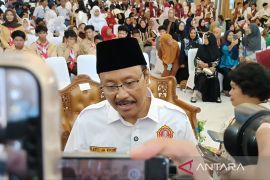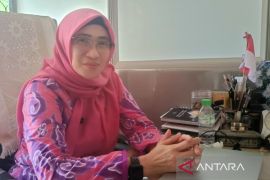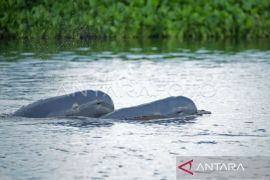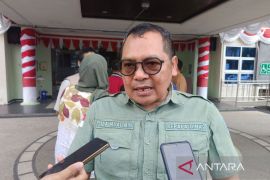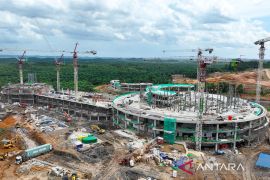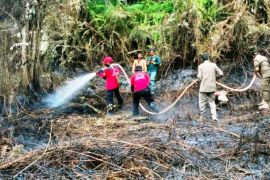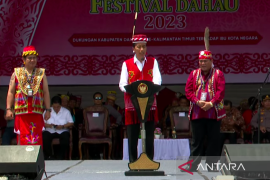Agus Winarno, a researcher at Mulawarman University’s Center of Excellence for Tropical Studies, said studies on low-rank coal from the Balikpapan and Pulau Balang formations showed the samples were suitable for conversion to synthetic gas, or syngas, with an average reactivity above 83 percent.
Speaking Thursday in Samarinda, Agus called for more intensive research on coal gasification in the Kutai Basin, emphasizing that optimized use of the technology could reduce reliance on imported fuel.
East Kalimantan holds the largest coal reserves in Indonesia, totaling 11.87 billion tons, about 37 percent of national reserves, Agus said.
Approximately 75 percent of this coal is classified as low-calorie, presenting a strategic opportunity for downstream development.
“Gasification is one of the most promising technologies for low-calorie coal,” he said.
The process converts solid coal into syngas, which can be further processed into methanol, Dimethyl Ether (DME), ammonia, and hydrogen.
Coal value-adding initiatives in Indonesia are regulated under the 2020 Mineral and Coal Law, which promotes the development and utilization of coal.
Several projects in East Kalimantan are in planning or pre-construction stages. Agus cited the Coal-to-Methanol plant by PT KPC and PT KNC in Bengalon, Kutai Timur, targeting 1.8 million tons of methanol annually.
Other projects include a Coal-to-Ammonia facility by PT Kideco Jaya Agung with a 100,000-ton annual target, and a semi-coke coal plant by PT Multi Harapan Utama expected to produce 500,000 tons per year.
Agus said further research and adoption of gasification could unlock the full potential of East Kalimantan’s coal reserves, creating higher-value products while supporting Indonesia’s long-term energy self-reliance.
Earlier, Energy and Mineral Resources Minister Bahlil Lahadalia tested two coal-to-Dimethyl Ether (DME) gasification technologies - one from China and another a South Korea-Europe joint technology.
The results of these tests will determine which technology Indonesia will adopt, Bahlil said in Jakarta on Tuesday, October 28, 2025.
Regarding domestic infrastructure readiness for the DME policy, Bahlil said there are no obstacles. Coal availability is also sufficient, as DME requires only low-calorie coal.
“Our coal reserves are abundant, and the technology has become much more efficient. This will make the project far more effective,” he added.
Bahlil noted that the coal-to-DME downstream project is one of 18 initiatives for which the National Task Force for Downstream Processing and Energy Resilience has completed concept designs and pre-feasibility studies.
Related news: RI Govt builds coal-to-DME plant in E Kalimantan to cut LPG imports
Related news: Indonesia eyes 80 percent energy independence by 2029
Translator: Ahmad R, Rahmad Nasution
Editor: Primayanti
Copyright © ANTARA 2025
